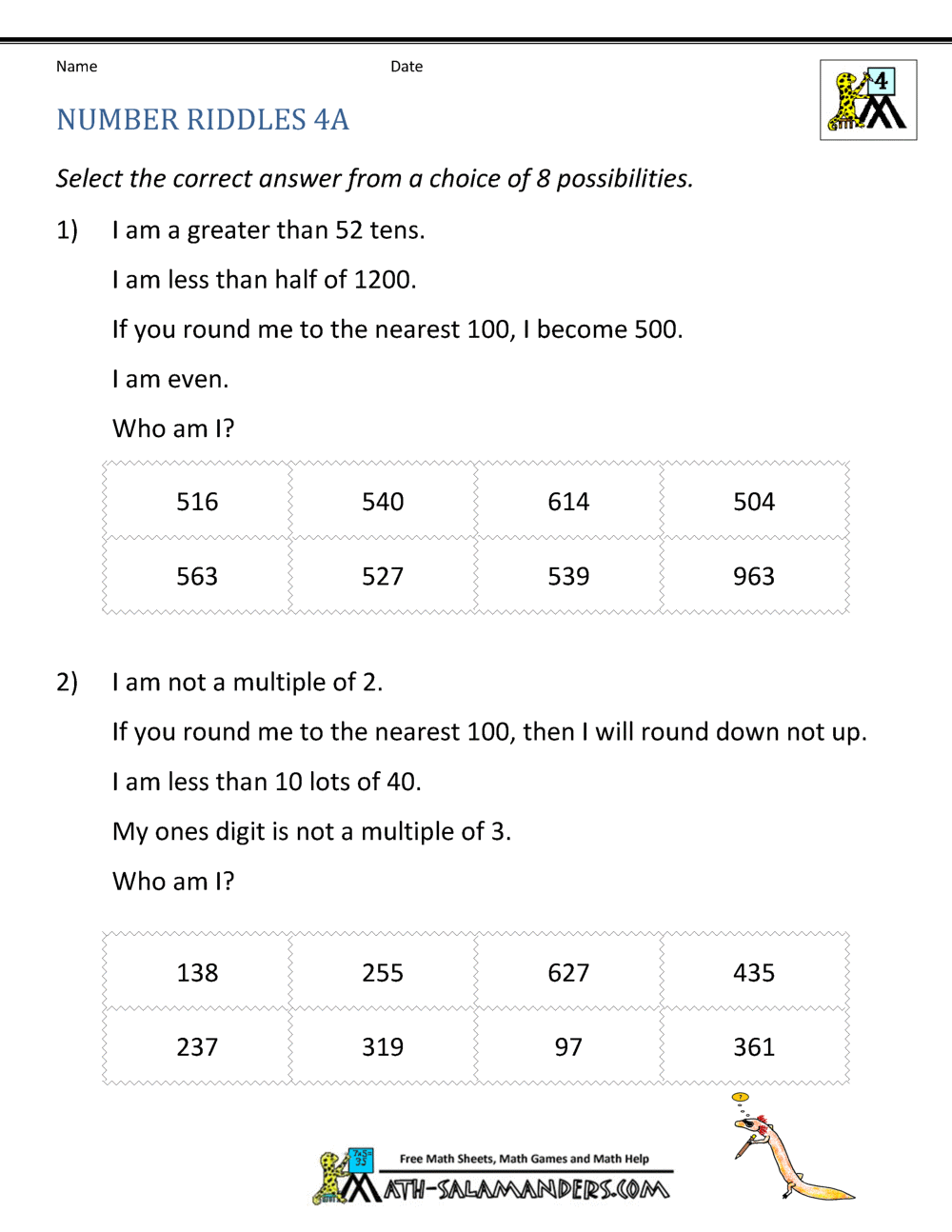
This is a very famous brain teaser in the form of a probability puzzle loosely based on the American television game show Let's Make a Deal and named after its original host, Monty Hall. Thus the required two numbers are 2 4 = 16 and 17, and the two students who spoke wrongly are 15th and 16th. So, one number should be an odd prime and the other should be the highest power of 2 in the range. This leaves the following number pair: 16 & 17. Similarly, since we know the number IS divisible by all the whole numbers from 2 through 15, it must also be divisible by 18, 20, 21, 22, 24, 26, 28, and 30. This eliminates a lot of numbers: 2, 3, 4, 5, 6, 7, 8, 9, 10, 11, 12, 13, 14, and 15.Ĭould it be, say 20 and 21? That will not work, because if this secret number IS divisible by 4 and 10, then it is also divisible by 20. So we can conclude that these two consecutive numbers cannot have multiples that are less than 31. Similarly, the two numbers cannot be, say, 8 and 9, because then also the students who said it was divisible by 16, 24, 18, and 27 would have been in the wrong. Thus the students who said it was divisible by 10, by 15, etc. It would also mean the number could NOT be divisible by 10, 15, 20, 25 or by 12, 18, 24 or 30. This would mean the secret number was not divisible by 5 nor by 6. This puzzle was received by Paula Tyroler (my contest participant) from her friend in Prague.Ĭlearly, since the two numbers are consecutive, one of them is even and the other is odd. Then re-arrange the five pieces to make a square.

If the lawyers get $3 back and each takes $1, then they spent exactly $27 dollars.Ĭut up the Greek letter Pi below into five pieces as shown. Yet another way to think about the answer to this riddle is to just pretend that the bellhop refunded $3 to the people (rather than giving them $5 and receiving $2 back).

Or look at it this way: What they get returned back are the dollars number 26, 27 and 28, and what they return the bell hop are #29 and #30. Then when the bell hop returns the $2 to the owner, the owner has $27 and the three people have $3 in total. Look at it this way: while the bell hop is going down the stairs, the owner has in his possession $25.00, each of the three people has $1.00 (x 3 = $3.00) and the bell hop has $2.00. In the end, the people have paid $27 total, and the owner receives $30 − $5 + $2 = $27, so it all matches. They were given $5 back as change, but $2 of that change gets returned back to the owner as "change of change".

The $2 is the difference of $5 and $3 - it is not the true change in this transaction but is "change of change". The $1.00 isn't "missing" - it is an error to try to add the $27 and the $2.


 0 kommentar(er)
0 kommentar(er)
